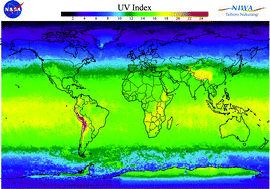This year the Montreal Protocol celebrates its 20th Anniversary. In September 1987, 24 countries signed the ‘Montreal Protocol on Substances that Deplete the Ozone Layer’. Today 191 countries have signed and have met strict commitments on phasing out of ozone depleting substances with the result that a 95% reduction of these substances has been achieved. The Montreal Protocol has also contributed to slowing the rate of global climate change, since most of the ozone depleting substances are also effective greenhouse gases. Even though much has been achieved, the future of the stratospheric ozone layer relies on full compliance of the Montreal Protocol by all countries for the remaining substances, including methyl bromide, as well as strict monitoring of potential risks from the production of substitute chemicals. Also the ozone depleting substances existing in banks and equipment need special attention to prevent their release to the stratosphere. Since many of the ozone depleting substances already in the atmosphere are long-lived, recovery cannot be immediate and present projections estimate a return to pre-1980 levels by 2050 to 2075. It has also been predicted that the interactions of the effects of the ozone layer and that of other climate change factors will become increasingly important.

You have access to this article
 Please wait while we load your content...
Something went wrong. Try again?
Please wait while we load your content...
Something went wrong. Try again?


 Please wait while we load your content...
Please wait while we load your content...